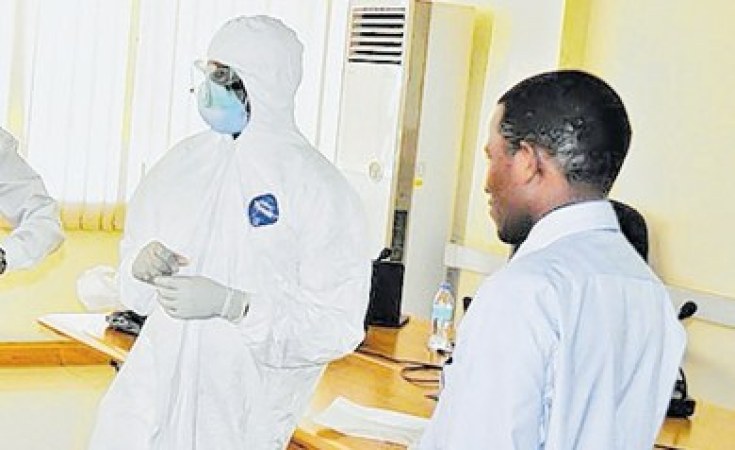The outbreak, which has claimed eight lives out of nine reported cases, has raised concerns about potential risk at the national and regional levels.
The World Health Organisation (WHO) has confirmed a suspected outbreak of Marburg Virus Disease (MVD) in Tanzania, with the epicentre in the Kagera region.
The outbreak, which has claimed eight lives out of nine reported cases, has raised concerns about potential risk at the national and regional levels.
WHO disclosed this development on Tuesday via its website, noting that the source of the outbreak remains unknown.
It noted that the risk at the national level is high due to multiple concerning factors, including the location of the Kagera region as a transit hub.
Key developments
WHO explained that on 10 January, it received credible reports of suspected MVD cases from local sources.
"Six people were reported to have been affected, five of whom had died. The cases presented with symptoms such as headache, high fever, back pain, diarrhoea, vomiting blood, body weakness, and external bleeding at later stages," the statement read.
By 11 January, the number of suspected cases had risen to nine, with eight fatalities recorded across two districts: Biharamulo and Muleba, indicating a case fatality rate (CFR) of 89 per cent.
WHO said samples have been collected from two patients for testing at Tanzania's National Public Health Laboratory, with results pending confirmation.
Contacts, including healthcare workers, are reported to have been identified and under follow-up in both districts.
The WHO noted that the delayed detection and isolation of cases, coupled with ongoing contact tracing, indicates a lack of full information on the current outbreak.
Background
According to WHO, this outbreak is the second MVD occurrence in the region in less than two years.
The Kagera region experienced its first outbreak in March 2023, resulting in six deaths from nine cases. The zoonotic reservoirs of MVD, particularly fruit bats, remain endemic to the area.
WHO highlighted that national rapid response teams have been deployed to the affected districts to support investigation and containment efforts.
It added that surveillance has been intensified, contact tracing is ongoing, and treatment units have been established in the region.
Regional implications
WHO raises concerns about cross-border transmission due to the proximity of the Kagera region to international borders with Rwanda, Uganda, Burundi, and the Democratic Republic of Congo.
While no international spread has been confirmed, WHO emphasised the need for strengthened surveillance and case management at border points.
"The regional risk is considered high due to Kagera region's strategic location as a transit hub, with significant cross-border movement of the population," WHO said.
The health body said global risk is currently assessed as low as there is no confirmed international spread at this stage, although there are concerns about potential risks.
"Kagera region, while not close to Tanzania's capital or major international airports, is well-connected through transportation networks, and has an airport that connects to Dar es Salaam for onward travel outside Tanzania by air.
"This highlights the need for enhanced surveillance and case management capacities at relevant points of entry and borders, and close coordination with neighbouring countries to strengthen readiness capacities."
Public awareness
WHO has also called for heightened public awareness and community engagement to curb the spread of the virus.
Individuals are advised to avoid direct contact with suspected cases and maintain stringent hygiene practices.
"Based on the current risk assessment, WHO advises against any travel and trade restrictions with the United Republic of Tanzania," it added.
More about the Marburg virus
MVD, a highly infectious disease similar to Ebola, is transmitted through direct contact with bodily fluids of infected individuals or surfaces contaminated with these fluids.
It is another example of zoonoses such as Lassa fever.
The virus spreads through human-to-human transmission via direct contact with the blood, secretions, organs or other bodily fluids of infected people, and with surfaces and materials contaminated with these fluids.
According to NCDC, the initial symptoms of the disease include sudden onset of high fever, chills, headache, body aches which may be accompanied by a rash, most prominent on the chest, back and stomach, nausea/vomiting, chest pain, sore throat, abdominal pain by the fifth day of illness.


